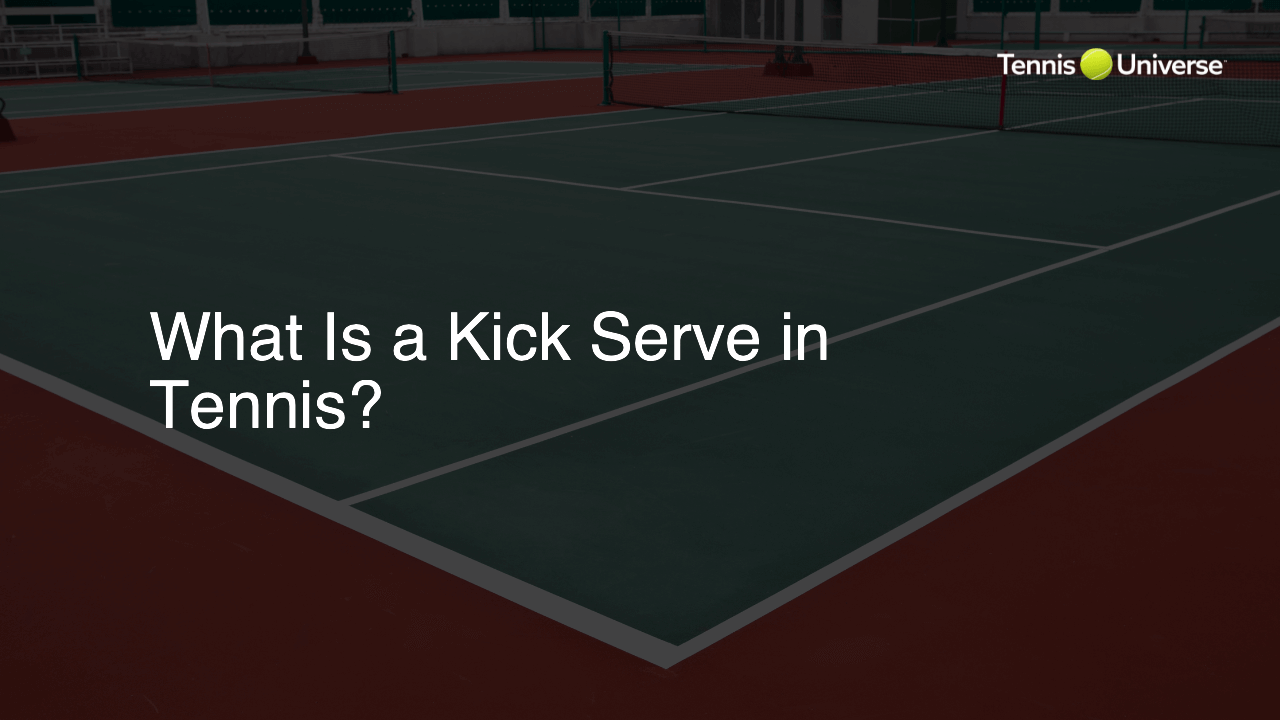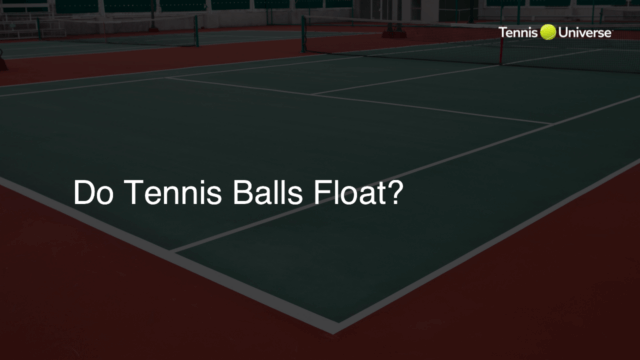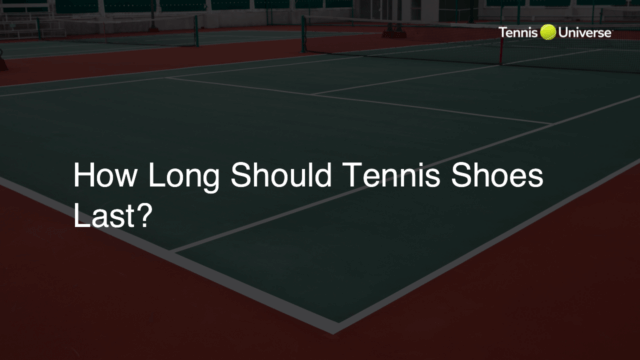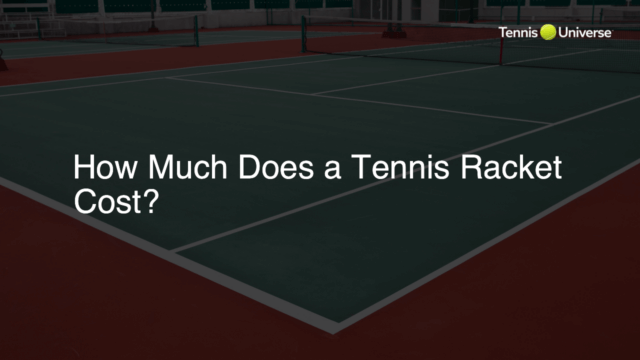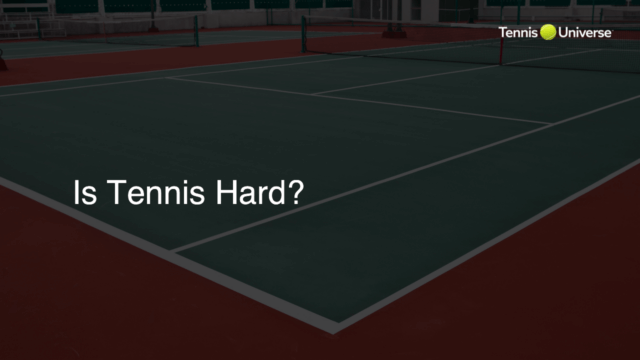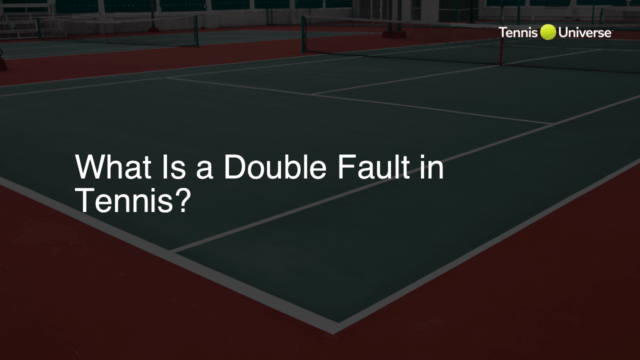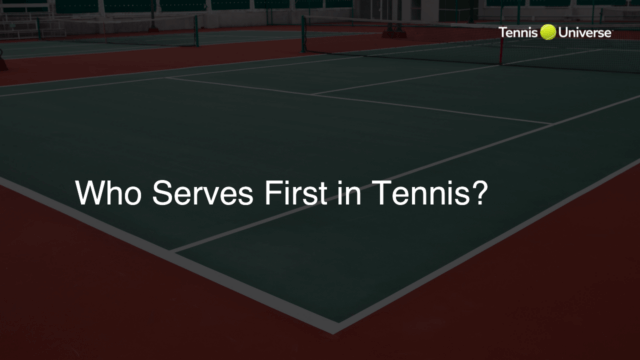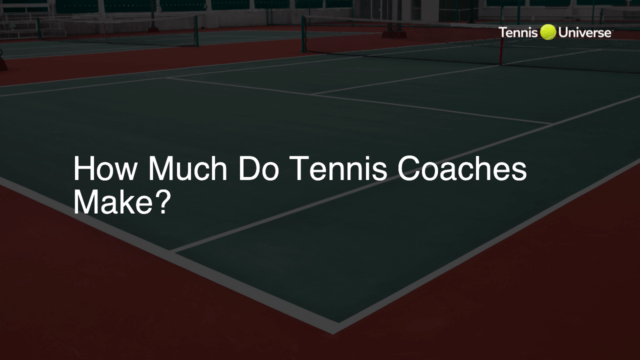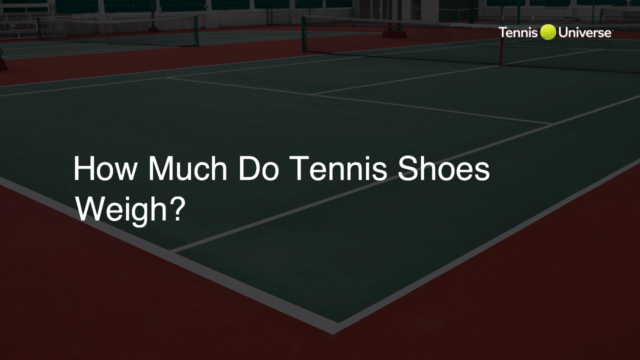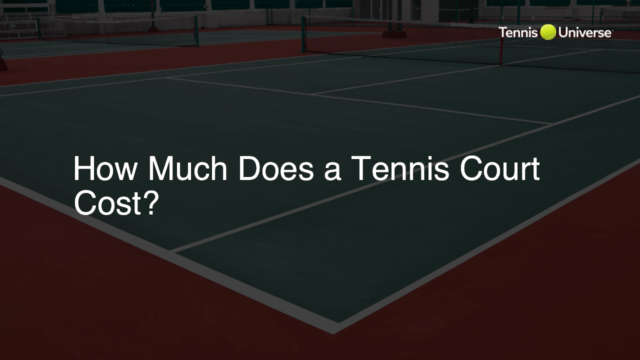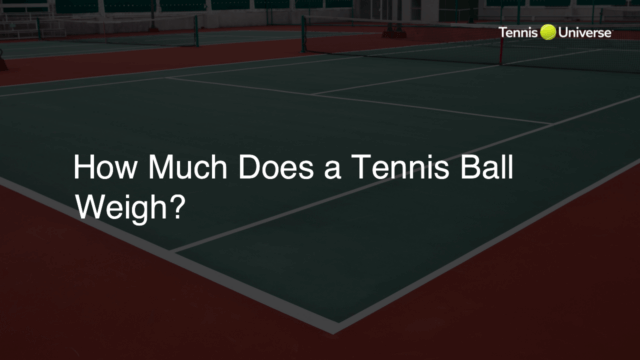A kick serve in tennis is a type of serve that utilizes heavy topspin to create a high bounce, making it difficult for the opponent to return effectively. This serve is performed with a strong upward brushing motion on contact, causing the ball to bounce upwards and sideways upon landing, challenging the receiver’s timing and positioning.
Introduction to the Kick Serve in Tennis
A kick serve is a powerful weapon in a tennis player’s arsenal, known for its tricky, high bounce, and ability to disrupt an opponent’s rhythm. By mastering this serve, you can add variety to your service game and put pressure on your opponent right from the start of the point. In this blog post, we’ll explore the fundamentals of the kick serve and guide you toward executing it effectively.
Key Components of a Kick Serve
Grip and Tennis Racket Position
For a successful kick serve, start with a continental grip, the same grip used for a standard serve. Positioning the tennis racket behind your head with an edge-first approach, prepare for a strong brushing motion upon contact with the ball.
The Toss and Ball Placement
Begin your serve with a toss slightly behind and to the left (for right-handed players) of your body, allowing for the proper contact point. Achieving the correct ball placement is vital for generating topspin and creating the characteristic high bounce.
Dynamic Body Rotation and Leg Drive
Employ an explosive leg drive and rotate your body swiftly as you jump into the serve. This adds power and spin, enabling the ball to kick up and outward upon landing in the opponent’s service box.
Executing the Kick Serve
Creating Topspin and Sidespin
Strike the ball with a strong upward brushing motion, using your wrist and forearm to generate both topspin and sidespin. Aim to hit the ball at a slightly tilted angle, further enhancing the bounce and sideways movement.
Accuracy and Consistency
Practicing your kick serve will help develop accuracy and consistency, making it a more reliable weapon during matches. Focus on finding the optimal contact point and refining your toss for better results.
Tactical Usage
Integrate the kick serve into your service game as a variation alongside the flat and slice serves. This strategic blend of serves can keep your opponent guessing, breaking their concentration and causing difficulties in their return game.
Benefits of a Kick Serve in Tennis
There are several advantages to incorporating a kick serve into your tennis game, ranging from increased unpredictability in your serves to pressure on your opponent’s return game.
Forced Weak Returns
The high bounce and sideways movement of the kick serve can lead to your opponent making weak, defensive returns, giving you an opportunity to be more aggressive on your next shot.
Neutralizing Opponent’s Strengths
If your opponent demonstrates a preference for backhand or forehand returns, the kick serve can be targeted to their weaker side, making it difficult for them to rely on a single strength.
Reducing Double Faults
Since the kick serve has a higher net clearance, it reduces the risk of hitting the net and committing double faults. As you become more consistent in executing this serve, it can be a safer option, particularly on second serves.
Tennis Tips for Practicing a Kick Serve
Shadow Swings and Drills
By performing shadow swings, you can improve your racket path, contact point, and overall feel of the kick serve. Drills that focus on the toss, leg drive, and body rotation can also help in fine-tuning your technique.
Ball Machine Practice
Using a ball machine can be beneficial for honing your kick serve accuracy and consistency. Adjust the machine to different heights and speeds, simulating match conditions while practicing your serves.
Video Analysis
Record yourself performing kick serves and analyze your technique. Compare your form to professional tennis players to identify areas for improvement and make adjustments accordingly.
Take Advantage of Tennis Coaching
Consulting with a tennis coach can be instrumental in developing a kick serve that’s both reliable and effective. Their guidance, tennis tips, and expertise can help you progress more quickly and efficiently.
FAQ Section: Kick Serve in Tennis
In this section, we address frequently asked questions related to the kick serve in tennis. These NLP-style answers provide valuable insights on mastering this effective and challenging technique.
What is the difference between a kick serve and a topspin serve?
A kick serve is a type of topspin serve that combines both topspin and sidespin to generate a high and unpredictable bounce. While both serves rely on creating topspin, the kick serve specifically aims for additional sideways movement and a more challenging bounce for the opponent.
How does grip affect a kick serve?
The grip plays a crucial role in the kick serve. A continental grip is ideal for generating the desired spin and racket angle for this serve. Switching to an eastern or western grip may hinder the ability to produce the necessary brush motion and diminish the effectiveness of the kick serve.
What is the ideal contact point for executing a kick serve?
The optimal contact point for a kick serve is slightly behind and to the left (for right-handed players) of your body. This allows you to achieve the proper racket path and brush motion to produce the desired topspin and sidespin, ultimately resulting in a high, kicking bounce.
Can the kick serve be used effectively for both first and second serves?
Absolutely. The kick serve can be an effective choice for both first and second serves. For first serves, its unpredictability and bounce can catch the opponent off guard, while for second serves, its higher net clearance helps reduce the risk of double faults and challenges the receiver’s return game.
How long does it typically take to develop a reliable kick serve?
Developing a consistent kick serve is an individual process that depends on factors such as practice frequency, athletic ability, and previous tennis experience. It could take anywhere from a few weeks to several months of dedicated practice. Working with a tennis coach can expedite this learning process and improve your technique more efficiently.

